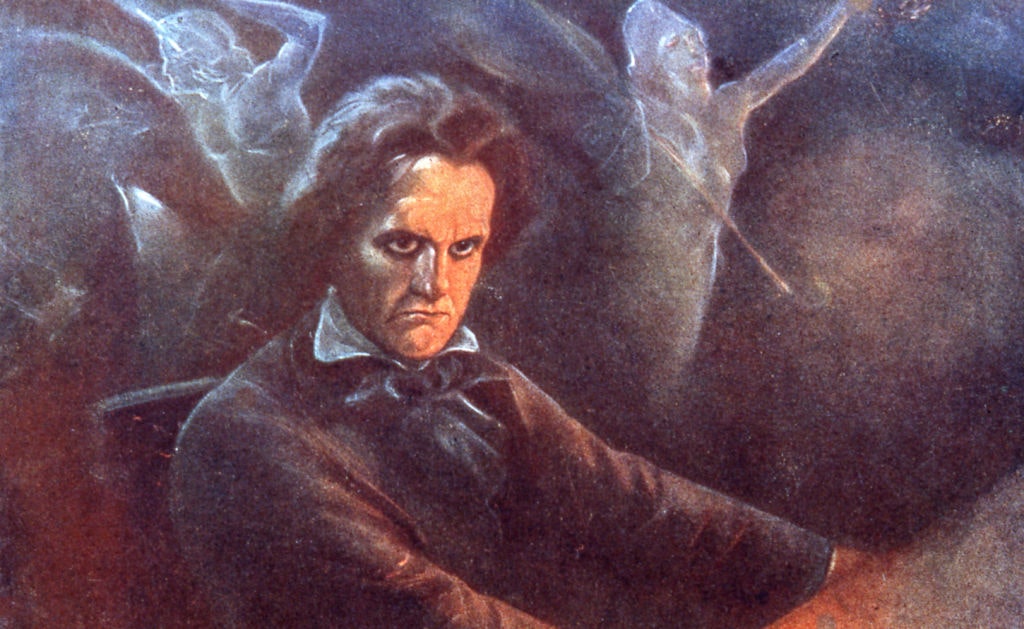Afiya and me: searching for East Africa’s lost tribe
David Smith recalls his time as a journalist covering the devastating famine in Karamoja, northern Uganda, in the 1980s
I watched the BBC apologise last week, repeatedly, for showing images of Danish footballer Christian Eriksen collapsing from cardiac arrest on the pitch during a match at the European championship. I was struck first by the semi-robotic language used — “The BBC apologises to anyone who might have been upset…” — then more so by the tone of the ensuing complaints. “That traumatised the nation,” said one. “I felt sick watching it,” said another. That doyen of BBC opinion-makers, Gary Lineker, spoke of the most “distressing” moment he’d experienced in 25 years of broadcasting.
My mind went back to another time. Another place. And to a very different media landscape where we dared to show images that were shocking — to deliberate and considerable effect. I went back 41 years to a place called the Karamoja, in northern Uganda. And to a little girl who died in front of our camera. A child we named Afiya.
The images of famine that we recorded in East Africa would not be broadcast today
As an Africa correspondent for ITN, I had petitioned the bosses in London to spend the money and let me take a team to investigate the untold tragedy of the Karamajong, the semi-nomadic tribe that lived in northeastern Uganda. Drought, war, and cattle thieves from neighbouring countries had spawned a devastating famine, we were told, but no one knew for sure. Within hours we knew for certain, death en masse, as we reached a mission station run by Catholic nuns and Britain’s Save the Children.
The images were horrific. Mothers were asked on arrival to state the age of their emaciated children, not knowing the truth could be a death sentence, as they were lifted up onto the weighing machine. A two-year-old infant weighing less than a few pounds — and there were many of those — went into one line. It was the line for those who could not be saved, given the scarcity of food and intravenous fluids.
Those mums had no idea as they spoke. Neither did I, until our cameraman Mo Dhillon and a French nun named Sister Maria explained, the two of them choking back tears. You wanted to look away, but you couldn’t. And all the while, you concluded, you were lost for anything more complex than the thought: we have to do something.
You routinely saw children with every rib visible, their stomachs distended, bloated, just folds of skin where their bottoms should have been, unable to close their mouths for lack of moisture. Those large bellies denoted kwashiorkor, a dire lack of protein. The muscles wasting away, such a pitiful sight, spoke to marasmus, a devastating shortage of calories.
They were dying, every day, in their thousands. Bodies often found on the roads leading to the mission stations, whole families perishing as they marched for miles in search of food, vulnerable then to hyenas that inhabited the desolate plains of the Karamoja.
In those days a satellite from Africa was unthinkable. You dispatched your film (yes, old 35 millimetre Kodak) by plane to London, praying that a human pigeon would deliver it safely, being the only copy of your work.
After four days of filming we headed for the airstrip in the provincial capital of Gulu. And then we met Afiya. She was lying in the tall, bush grass by the side of the road. I told our driver to stop, and Sister Maria got out with me to see her. She was no more than nine or ten, a withered skeleton. “She is breathing her last”, the Sister said.
We’d probably be pilloried for doing so today, but we filmed. Sister Maria and I decided we should bury her, so we dug a shallow grave with our hands, and did so, filming that too. The Sister conducted an impromptu funeral, asking our driver for a typical Ugandan name for “a beautiful little girl”. He came up with Afiya. It means good health.
We have not seen the untold tragedy of the Karamoja on the same, terrifying scale for almost 40 years
Our human pigeon made it to London, and a wonderful film editor at ITN named Leo Rosenberg, a holocaust survivor, cried as he cut and pasted (with white gloves and sellotape) seven minutes of TV that led ITN’s bulletins one Friday evening in June 1980. Savvy as ever, ITN’s bosses dispatched a big-time anchorman to go live from Save the Children HQ in London immediately after our film, launching an appeal that raised millions within hours. The BBC followed us to the Karamoja, as did other TV networks. Tens of millions of dollars flowed in donations. Too little, too late for some, but life-saving for many.
More importantly, the international community acted. Three years later, I and many others were back in East Africa, this time in Ethiopia, for a famine even more murderous than the Karamoja. Yet that period, and the TV spotlight that accompanied it, produced early warning systems on mass starvation, led by the UN’s humanitarian agencies. There’s still a threat of famine in war zones such as Yemen and Tigray. But we have not seen the untold tragedy of the Karamoja and Ethiopia repeated on the same, terrifying scale for almost four decades.
I’m proud of the images we produced back then; shocking, traumatising, “distressing” not the word. I know they helped make a difference in our world. I’m just not sure they would be broadcast today. And I wonder why.
Enjoying The Critic online? It's even better in print
Try five issues of Britain’s most civilised magazine for £10
Subscribe














